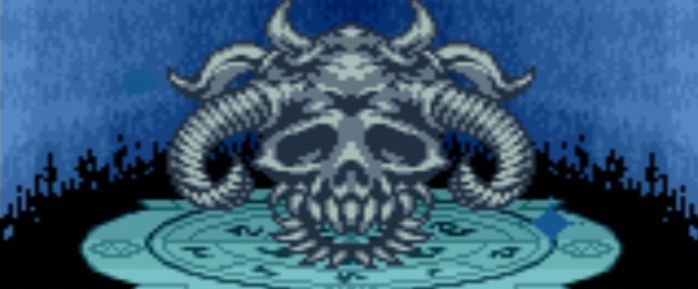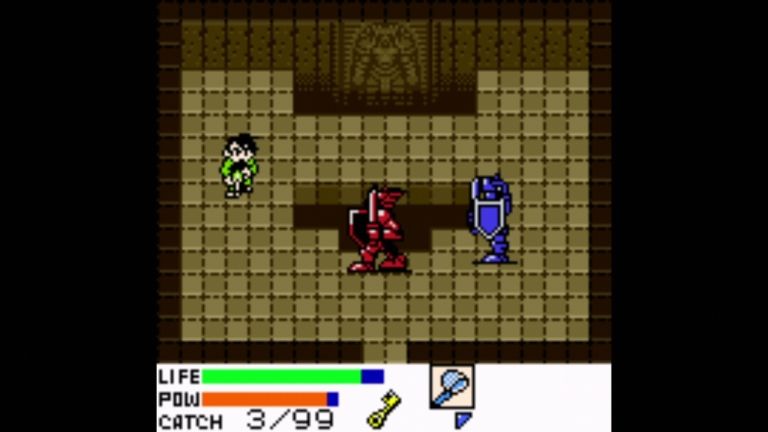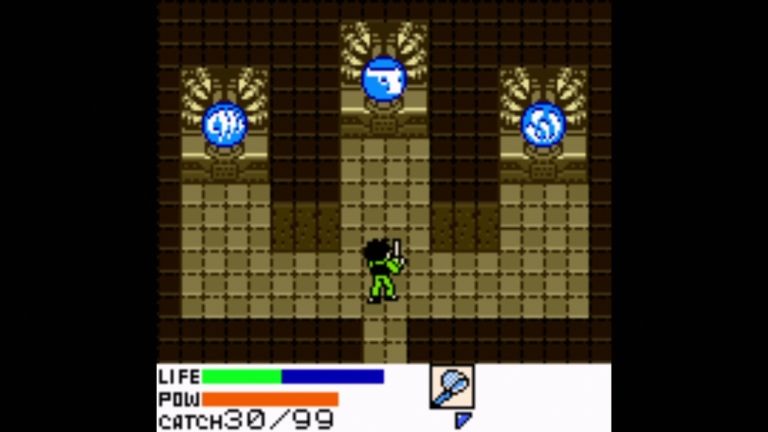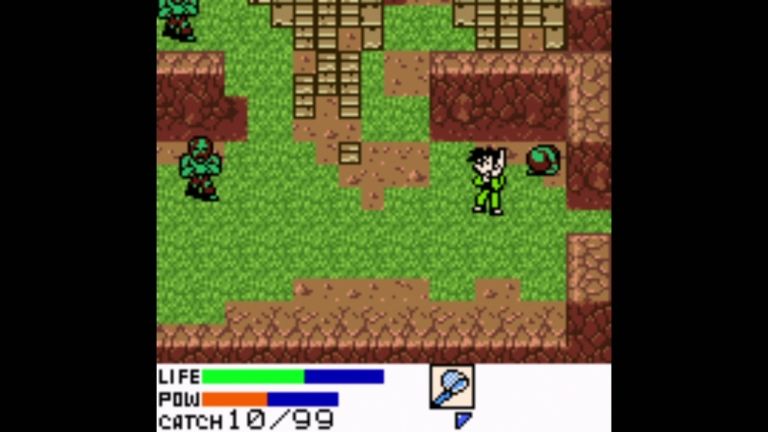Though today you can stuff stereoscopic 3D and console-quality graphics into your backpack, that once seemed inconceivable. Handhelds have evolved quickly, but we shouldn’t forget the games that made them great in the first place. Though these games lack raw processing muscle, they have a power all their own.
The Neo Geo Pocket Color was an absolute treasure of a portable platform. While its roster was renowned for its fighting game roster, Metal Slug games, Sonic Pocket Adventure and beginning the SNK vs. Capcom games with both a fighting game and card battle game, it had more to offer than that. One underrated gem was Dark Arms - Beast Buster 1999. As the name implies, it does derive a small amount of its concept from Ghostbusters -- but nearly everything else in the game is an original creation. The core gameplay involves an overhead shooter blended with some RPG mechanics.
As the unnamed protagonist, you'll seek aid from the Grim Reaper to help destroy the beasts that now roam the world. You've got a single-shot blaster to use on the creatures, and you'll be killing mooks like zombies and slightly-armored mummies. Some enemies require a bit of logic and puzzle-solving to topple. At one point, you face off against a pair of gigantic knights in a small area. You have one advantage, however --- a large gap in the floor that allows you to move around and attack one shot at a time.
The downside to this is that you can't do much damage to any one foe, but the upside is that being conservative with your shots means you'll never have to wait around to recharge your weapon. While this is an overhead shooter, you can't just go around guns ablazing. Each shot uses up a small chunk of your power bar, and you can't shoot once it runs dry. The less you shoot, the more powerful your shots will be. So if you're against lower-tiered enemies, you can mix in a bit of evasion and shooting - but with larger foes, you'll want to focus on only landing powerful shots because you don't want to run the risk of having your health cannibalized by them.
There's a risk/reward system in place for taking on tougher foes. Doing so nets you more XP, which allows you to upgrade your weapons faster. You can also find items around the environments to craft new weapons - so if you're tired of having a pea shooter, just explore further and maybe you'll find what you need to create a gun that could destroy foes in just a couple of shots. Gathering items is pretty easy to do, and farming is something you'll have to do if you want to make significant progress. XP is earned fairly slowly, so taking very little risk can result in a slog while taking on too much than you can realistically handle results in frustration.
Item-crafting items are called oums, and they're used as something to give one of the eggs you find. Beating an enemy with your default buster allows you to gain XP - although you can wear a large enemy down with the more powerful gun before just beating them with the default gun. Beam guns, shotguns, and semi-automatic weapons can be drafted. Elemental weaknesses and strengths are involved in the game as well. You can upgrade your weapons to health destroy certain enemy types faster, so if you head into an area with flame-based enemies, load up on water-based elemental upgrades. It's not a huge thing for an RPG, but is fairly unusual for an overhead shooter -- even one with RPG elements in it.
Health aids are in short supply. During the core adventure, you have to rely on scarce health boxes for partial refills. In-between levels, you can take a nap in the master's house. This refills your life fully and also changes night to do and vice versa. Later in the adventure, you'll find health regeneration tiles where you can wait and your health will slowly refill. Dying sends you back to the master's house and you lose any XP you've gained. This makes progress harder than it otherwise would be and a couple of deaths sends the player a clear message that they need to play more defensively.
Dark Arms, like many NGPC games, is a mixed bag visually. The sprites themselves lack much color depth or detail. The backgrounds, however, feature fairly lush visuals with a lot of gradation in the color. Enemies pop off the screen thanks to sharp colors, and while the game doesn't have the most varied palette in the world, they never blend in with the environments. If you're in a grass-filled area with green zombies, the almost turquoise zombies stand out against the green grass. Animation is limited, but that works in the game's favor as it allows you to know exactly how long your attacks -- or an enemy's, will take. Musically, the game goes for spooky stuff and succeeds, but never reaches the heights of Castlevania. It's fine stuff for a game that is perfectly-suited for Halloween play, but doesn't stick with you after playing.
Dark Arms: Bust Buster 1999 is a fantastic top-down shooter on a system with few of them. It also scratches a bit of an RPG itch with its weapon upgrading system. The core gameplay is a bit lean on depth, but long on fun and enjoyment. The weapon variety keeps things fresher than the concept normally would, and there's a steady sense of progression even when you're doing some grinding as you blast through enemies you once struggled with. It doesn't sell for a ton right now - going for under ten dollars on eBay -- so if it sounds like something you would enjoy, snatch it up.
Get more Pocket Power -- click here to view every installment so far and prepare for a pocket-sized stroll down memory lane.




